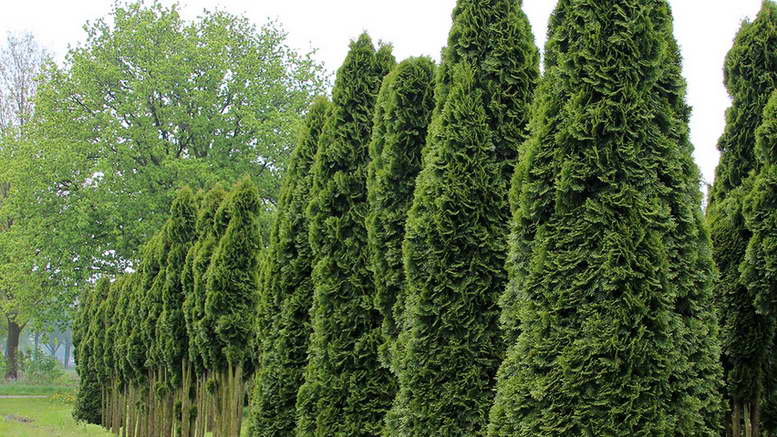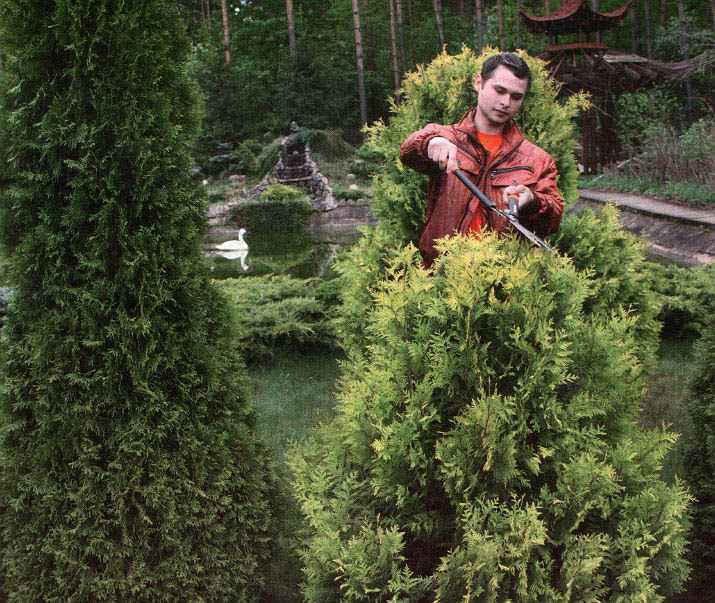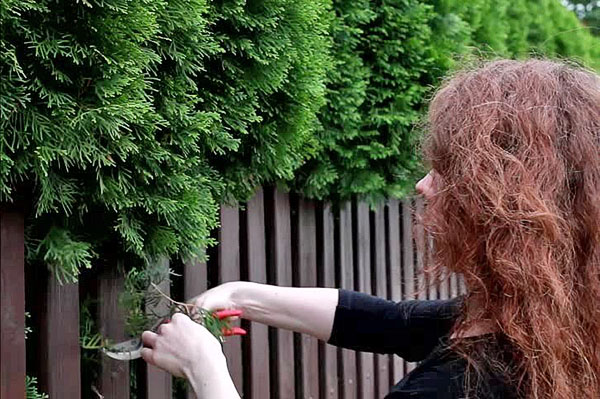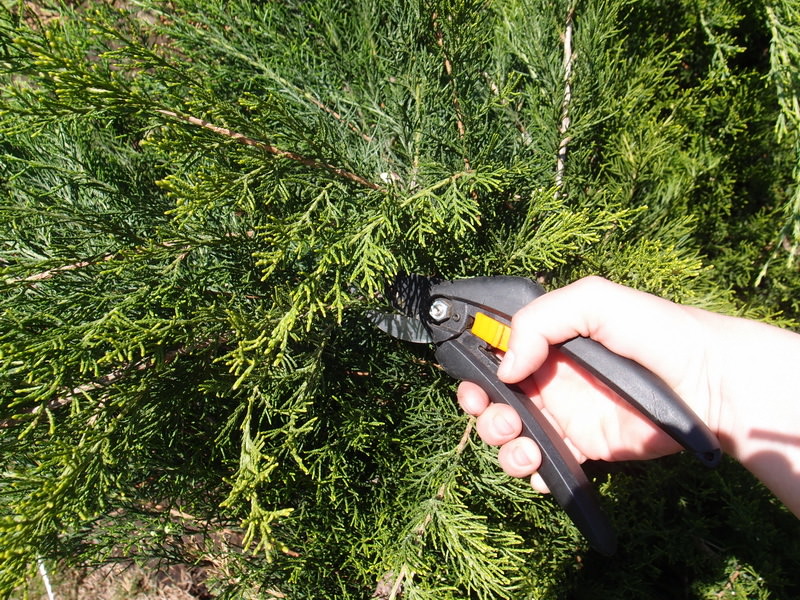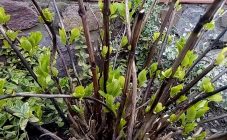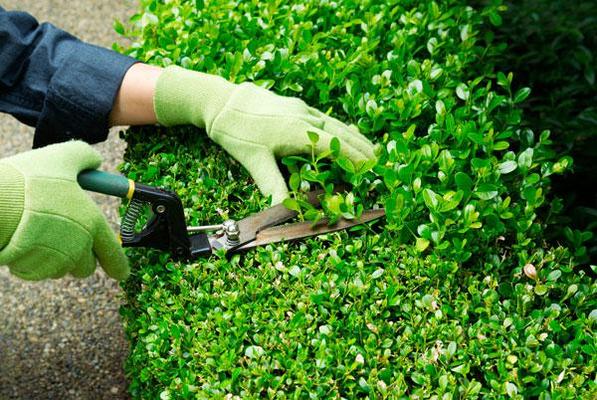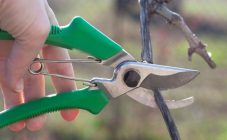Content:
A popular evergreen coniferous plant from the Cypress family - thuja, grows quickly without requiring whimsical care. Being decorative because of its peculiar crown, it will beautify any landscape. It will look especially impressive if you follow the rules for cutting it. This procedure is an important part of tree care. How to cut thuja, in what seasons it is better to do it, the article will tell.
Description of culture
The woody plant thuja is used in landscape design and gardening to decorate plots. Many varieties are known. In the Russian Federation, the western variety is used. In gardens, parks, in alleys, decorative culture is planted in separate trees and in groups. It is also good for hedges. Belonging to the class of Conifers, the Cypress family, the genus of gymnosperms of conifers, thuja can be attributed to both shrubs and trees. It all depends on the size, which can reach 70 m in height.
According to the botanical description, the following signs are noted:
- The leaves of young specimens are needle-like and soft, in adults they are scaly, opposite to each other.
- As a result of flowering, oval or oblong cones ripen. They are equipped with 6 pairs of scales, the top of which do not have seeds, the rest have 2 or 3 ovules.
- Flat seeds have 2 narrow wings. They ripen in the first year.
In the rhythm of development, the following 2 phases are observed:
- Dissolution of the buds, their increase in size, which occurs with the gradual establishment of stable temperature conditions up to + 5 degrees C.
- Blossoming and flowering are carried out at warming from +5 to 10 and 20 degrees C.
Flower buds are laid a year before the process. In winter, already formed flowers are hidden in them. Good lighting is especially favorable for their establishment. The pollen matures so much that nearby water bodies turn yellow. Good pollination should be matched by weather and other conditions.
Thuja, as a culture, does not impose special requirements for care during growth. These can be home plants that decorate the dacha, or part of the landscaping of squares, parks, urban areas. They can be used as protection against industrial smoke. Cultivation is usually carried out in the open field, which is facilitated by significant frost resistance. Various garden forms are known. Many varieties also grow in nature:
- Karelian;
- western;
- giant;
- Japanese;
- Sichuan.
These 5 species are common in North America and East Asia.
Pruning thuja Brabant, Smaragd
Pruning thuja allows you to form a crown, which enhances the decorative properties of the tree and serves sanitary purposes for removing affected branches. You need to acquire:
- good quality pruning shears or garden shears;
- growth stimulants.
Different varieties have their own rules. For example, for the first time, Brabant is cut significantly so that the crown does not subsequently thicken excessively. But, if this thuja is not cut at all, the branches will become sparse and become loose. That is, the procedure is mandatory, otherwise the decorative effect will be lost. The shape is given immediately after planting, after which it is adjusted annually as it grows.
Thuja's cutting of the Smaragd variety is done in compliance with its natural pyramidal shape. Only those branches are removed that have gone beyond the main contour. The plant has its own correct shape. Only proportions need to be corrected. Sometimes whole garden figures are made from Smaragda: chess, balls, three-dimensional images of animals. The variety is easy to remove branches. The hedge just needs to be cut, which is started immediately after planting. As you grow, the procedure is repeated annually. Columnar thujas of Columna and Fastigiata obey similar rules.
Tui Danica or Woodwardi are undersized, which also requires adherence to the natural outline, removing the branches extending beyond it. After the procedure, growth stimulants are applied to the plants and organic, mineral fertilizing is applied. For example, this is "Florovit", which corresponds to conifers.
Sanitary treatment of thuja, its pruning and the formation of a decorative crown differ according to the seasons, in which it is most favorable to implement a haircut aimed at certain purposes.
Thuja trimming time
Thuja haircut is made, regardless of the variety. For the first time, this is done after planting, without waiting for the tree to grow up, which will give it the required shape. The next procedures are carried out so that the growth continues quietly. Pruning of side branches is carried out, depending on the chosen form. So a bushy tree is obtained by splitting the upper shoots. The formation of a thuja crown can occur according to the following most common varieties:
- Pyramidal shape.
- Columnar.
- Spherical trim type (spherical).
As for the time of year, both spring and autumn are suitable. The first option is sanitary pruning of dry or frost-damaged branches. The second serves the purpose of preparing for winter. How to trim the thuja, considering these two options and additional crown adjustments? The sanitary type of processing is carried out twice throughout the year: in the spring and autumn. Tree formation can be started with warming and carried out before the wilting season of nature.
It is allowed to cut off excess crowns from the first year of life. But the optimal period is 3 or 4 years, when the plant gets stronger and takes root. When can you start cutting thuja in relation to the season? They choose the summer period, its middle, and continue until autumn. So the tree will be trimmed 1 time during the season to form a shape and 2-3 times for the purpose of adjustments, which is better planned closer to autumn.
How to trim the thuja in order to accomplish this successfully will indicate the following basic guidelines:
- First, they study the natural shape in order to focus on it.
- To reduce stress, the tree should be pruned 1/3 of the total number of branches at a time.
- Resin is released from the cut branches, therefore it is advisable to wear gloves and protect clothing.
- The thickness of the stems is different. Therefore, they procure tools: pruning shears, hedge trimmers, garden shears. Each is for a different cut diameter. It is important that it is sharp enough so that the plant does not break.
- You should start in cloudy weather. This prevents yellowing of the needles and its brown areas.
- Finishing processing, you need to water the tree.
How to cut the thuja correctly in the spring if this is the preferred season? You can not only remove dried shoots, but also give the tree the intended outlines. There are four steps to follow:
- Preparation of tools.
- Inspection to identify affected branches and shape selection.
- Removing dried shoots.
- Crown formation. This stage is produced in early April, but June is also suitable, its last weeks.
Can a thuja tree be cut to reduce its height? The rules include the removal of top shoots for this purpose.Further growth will extend in width. The crown is also thinned out when it is excessively dense.
Pruning for the winter
The required form of thuja is maintained as needed. Sometimes you have to do this every month until the very cold. A condition for the safe conduct of work is dry weather. If the garden or park is damp, the air is full of microorganisms that can infect open wounds. Primarily. eliminate damaged branches.
Pruning in the fall
The branches that have grown over the tree over the summer should be removed by 1/3 of their number with the onset of autumn. This will correct the already created form. The step-by-step instructions are as follows:
- The first step is to study the branches: how to cut each one to get the desired shape of the plant.
- Selected dry cloudy weather. This is how brown spots on the crown are avoided - the consequences of moisture evaporation. Immediately after the rain, it is impossible to cut, as it is possible to attract diseases, pests.
- Use blanks: arches, rectangles, twine for level control.
Pruning in summer
Thuja pruning, made in summer, includes only crown thinning. The existing shape is also corrected. Decorative haircut continues in the spring, as well as the entire summer season. Young greens are periodically removed. After the procedure, water the plant abundantly. If fouling occurs at a rapid pace, the fertilization is reduced, the amount of fertilizer applied is reduced.
Tips for shaping a spherical thuja
How should the thuya be formed if the required shape is a ball? At the same time, they do not leave bare branches, since they are doomed to dry out, because this tree does not have dormant buds. If you limit vertical growth by cutting off the shoots at the crown, they will develop in width. This will create a spherical plant. To do this, long stems that stand out from the mass are removed.
From the western variety of thuja, to give a similar shape, the following varieties should be used:
- Woodwardy;
- Danica;
- Hoseri;
- Globozum.
Thuja is popular all over the world. It attracts attention with its amazing natural shape, year-round greenery and unpretentiousness. It is necessary to trim the tree annually so that it looks the most decorative, has the desired shape. The procedure also provides sanitary care and regular adjustments.
Now, having mastered the basic rules, gardeners know how to cut a thuja. Observing them, it will be possible to make the various varieties placed on the site attractive for a long time. Systematic care does not take much time. But the result pays for these costs.
